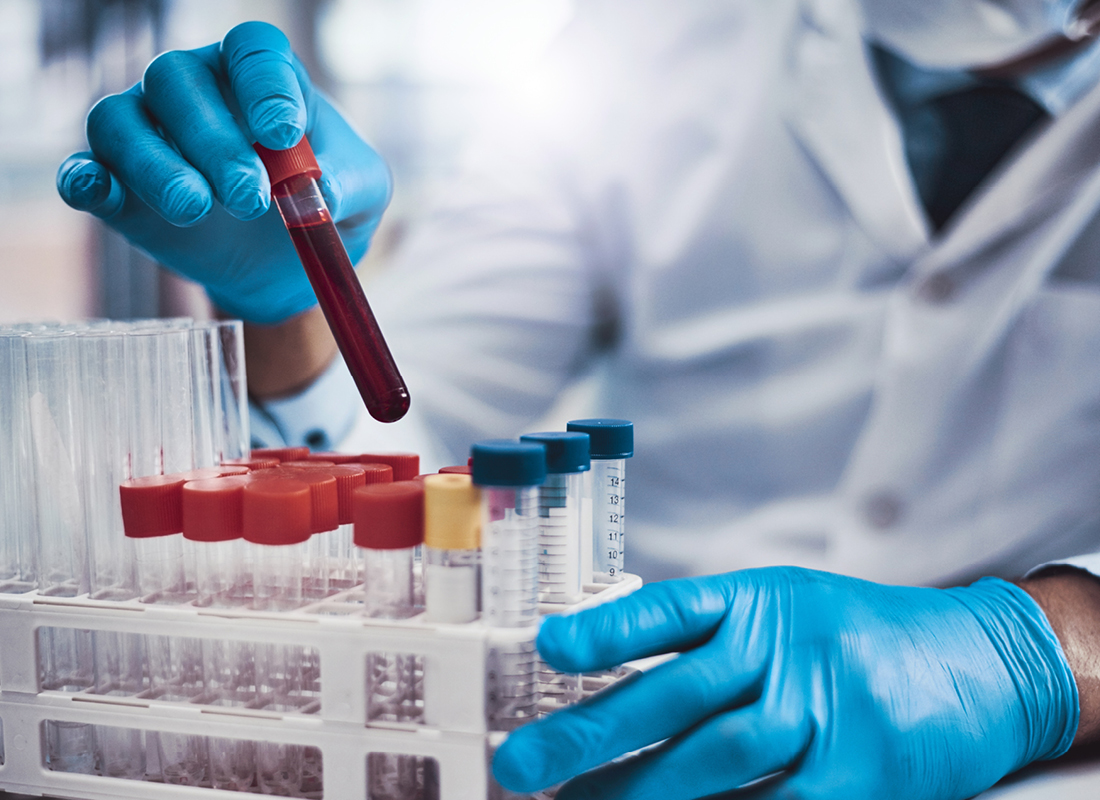U.S. Needs 200 Million COVID-19 Screening Tests Per Month to Reopen Safely, Says New Report
How many COVID-19 screening tests per month will it take for the U.S. to reopen safely? One new report estimates the number as around 200 million, which is far below the 25 million tests currently being performed in the U.S. each month. Equally sobering is that the 200 million estimate includes only certain segments of society, namely students and staff at the nation’s primary and secondary schools, as well as residents and staff at nursing homes. The COVID-19 Screening Test Gap Entitled A National Decision Point: Effective Testing and Screening for Covid-19, the report from Duke University’s Margolis Center for Health Policy was released on Sept. 9. Its objective is to provide public health officials and community leaders in schools, businesses and other institutions a framework on how to use COVID-19 screenings to operate safely. According to the report, an estimated 30 to 60 percent of COVID-19 cases are transmitted by people carrying the virus without any symptoms, putting those around them at significant risk of infection and spread. Accordingly, safe reopening will require routine testing of asymptomatic individuals so that those carrying the virus can be quickly identified and isolated while allowing for the tracing of their contacts so they […]

How many COVID-19 screening tests per month will it take for the U.S. to reopen safely? One new report estimates the number as around 200 million, which is far below the 25 million tests currently being performed in the U.S. each month. Equally sobering is that the 200 million estimate includes only certain segments of society, namely students and staff at the nation’s primary and secondary schools, as well as residents and staff at nursing homes.
The COVID-19 Screening Test Gap
Entitled A National Decision Point: Effective Testing and Screening for Covid-19, the report from Duke University’s Margolis Center for Health Policy was released on Sept. 9. Its objective is to provide public health officials and community leaders in schools, businesses and other institutions a framework on how to use COVID-19 screenings to operate safely.
According to the report, an estimated 30 to 60 percent of COVID-19 cases are transmitted by people carrying the virus without any symptoms, putting those around them at significant risk of infection and spread. Accordingly, safe reopening will require routine testing of asymptomatic individuals so that those carrying the virus can be quickly identified and isolated while allowing for the tracing of their contacts so they can be quickly notified and tested to determine whether they’ve become infected.
Applying modeling techniques to local COVID-19 infections data, the research team concluded that, at present infection rates, a nationwide screening strategy will require about 200 million tests each month for students and staff at the nation’s primary and secondary schools, and residents and staff at nursing homes for them to open safely and in stages.
However, the report also goes on to say that the nation is not on a clear path to achieving widespread screening testing. Currently, the number of COVID-19 tests being performed in the U.S. each month is less than 25 million. And even though new tests are entering the market at a rapid and unprecedented rate, there are still not enough tests available to routinely screen all at-risk populations.
Closing the Gap
After identifying the shortfall in COVID-19 screening testing, the report outlines an approach to address it. Specifically, it calls for the schools and long-term care facilities to develop screening test plans. The researchers suggest that a COVID-19 screening test strategy should include four basic elements to contain outbreaks:
- Assessment of the risk of infection and death depending on the local spread and population characteristics;
- Meaningful and measurable goals for the reduction of infection through screening and surveillance;
- Calculation of budgetary and administrative limitations; and
- Adequate supplies of reliable tests.
The Need for Localization & Adjustability
Screening plans should be designed to allow for adjustment based on local COVID-19 prevalence and other setting-specific factors such as the high risk for adverse outcomes in nursing homes, according to the report.
For example, if a school district sits in a county that’s in a “red” risk category, i.e., more than 25 daily new cases per 100,000 people, administrators may decide to only invite teachers and staff to return to school under strict mitigation measures and require that they be tested once every two weeks. As the county does more testing and prevalence declines to the orange risk category, i.e., 10 to 25 daily new cases per 100,000 people, and thence to yellow, i.e., one to 10 new cases per 100,000 people, fewer tests will be needed to prevent uncontrolled spread. Additionally, when the county reaches the yellow risk category, school administrators may decide to invite all students to return to in-person school and test staff and students once every two weeks.
Further, every testing plan must take account of the accuracy of the tests and how such test characteristics play out in different parts of the country. Such differences can dramatically change the number and kind of tests needed to control outbreaks. The report describes how to accelerate evidence on how the new tests actually work in practice, which will help improve the impact and the efficiency of testing strategies as experience with testing accumulates.
Takeaway
The Duke report is a sobering reminder of how much work still needs to be done to meet the need for widespread COVID-19 testing. Regrettably, the lingering supplies shortages that have hampered testing efforts since the beginning of the public health emergency remain largely unresolved leaving providers and labs in the difficult position of having to decide whether scarce resources needed by the sick, symptomatic and medically needed should be diverted to the asymptomatic for purposes of routine screening.
Subscribe to view Essential
Start a Free Trial for immediate access to this article